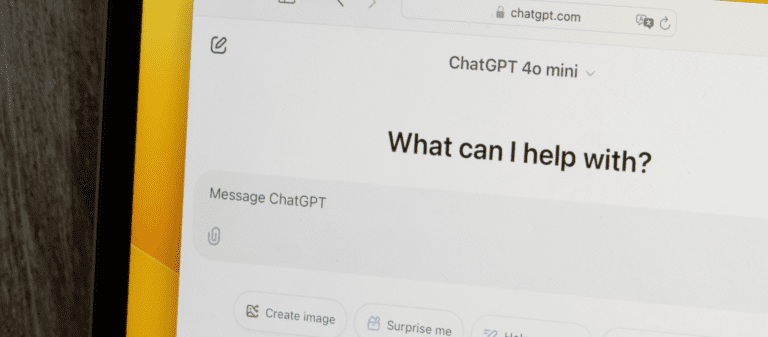College is expensive. Most everyone knows this – we all have a friend paying off student loans at age 45, a co-worker who worked a full-time job on top of being a full-time student to fund her education, or a kid who applied to countless scholarships in hopes of a full ride to school. While unfortunate, most people accept this as reality. But hidden under the headline issue of the high cost of an education is a lesser known but costly issue: Financial Aid Displacement.
For many students, the college application process looks something like this:
- Apply to colleges
- Complete the FAFSA
- Receive financial aid package from college
- Bust your butt applying for as many private scholarships as possible
- Hope for the best
This is a practice that works for many students – until it doesn’t. To best explain this, let’s use an example:
Hannah starts university this fall and her total tuition cost is $50,000 a year. She completes her FAFSA and learns her Expected Family Contribution (EFC) is $15,000 a year. EFC determines the types and amount of financial aid that Hannah is eligible to receive. This means her financial need is $35,000/year.
Tuition – EFC = Financial need.
Now, let’s say Hannah receives a Financial Aid Package of $35,000 annually meaning everything it covers everything outside of her EFC. She applies to various scholarships and wins $10,000 annually in private scholarships. This means Hannah must pay the remaining $5,000/year.
Woohoo! Great news, right? Not so much.
Hannah reports her $10,000 reward to her school (as she is required to do so). Unbeknownst to Hannah, her University practices scholarship displacement and the University reduces her Financial Aid Package to $25,000 annually, which illustrates an example of Financial Aid Displacement and negates the private scholarships she earned.
Original financial aid package – private scholarships = reduced financial aid package aka financial aid displacement
So, do private scholarships reduce a student’s financial need? Yes. They provide more money to a student pursuing education. But, they can also have a nullifying effect as shown with Hannah.
Of course, there are things that Hannah can do to protect herself from Financial Aid Displacement.
First, before enrolling in the school of her choice, Hannah should do her research. According to federal law, every school must share its policy on private scholarships. So, before she commits, Hannah knows exactly what she is getting herself into.
Secondly, Hannah should talk with her scholarship provider. If she decided on a school that practices displacement, her scholarship provider might allow her to defer her award for a semester, a year, or even after graduation so she can apply it to her student loan payments.
Lastly, Hannah should reach out to her representatives to champion change. In 2017, Maryland became the first state to ban displacement by public colleges. Now, the only way Maryland public colleges can reduce a Financial Aid Package is if a student’s aid exceeds the cost of college or with permission from the scholarship provider.
Luckily, opportunities for private scholarships that reduce the need for any other funding are becoming more widely available. This is where we at Kaleidoscope come in. It is our belief that scholarship and grant dollars, smartly deployed and accessible, are the answer to the high cost of college and a way to avoid Financial Aid Displacement.
If you are currently a scholarship provider or interested in funding the education of the next generation of leaders, we would love to chat. Our industry-leading product and services can streamline your programs so that you can navigate the issues of displacement, and provide more awards to more applicants.











